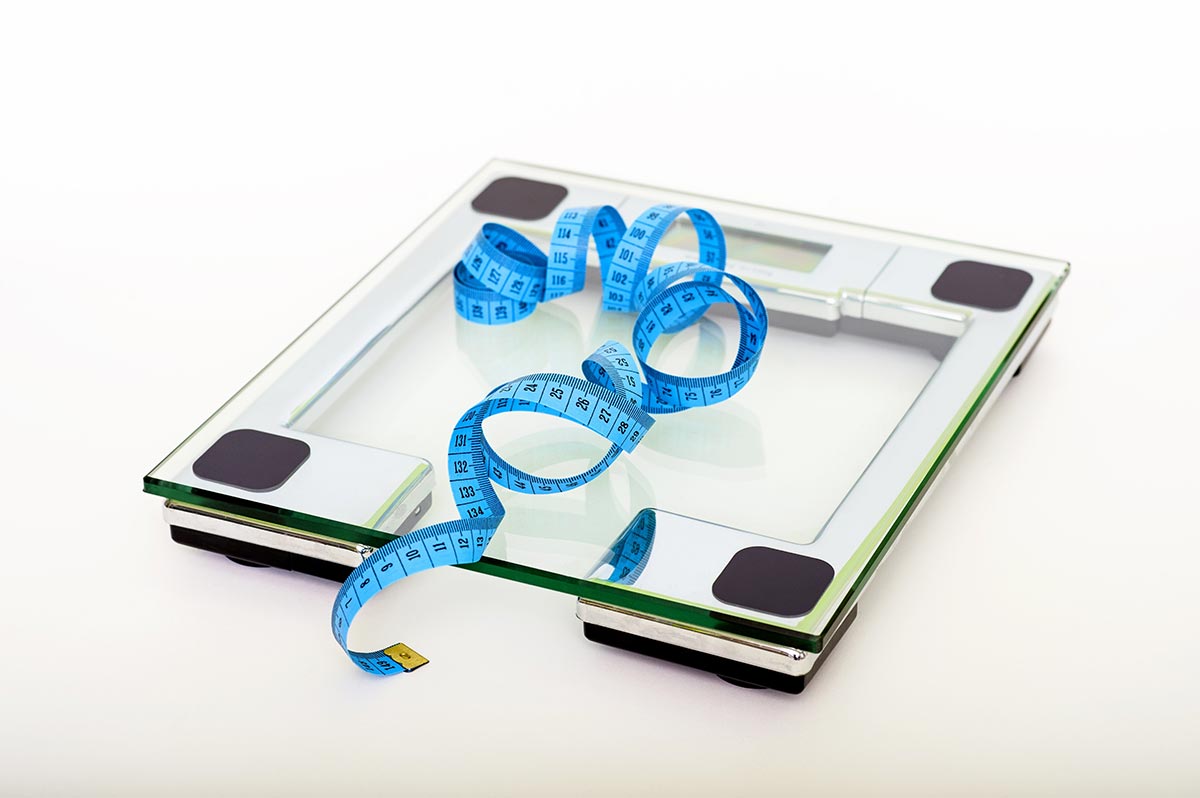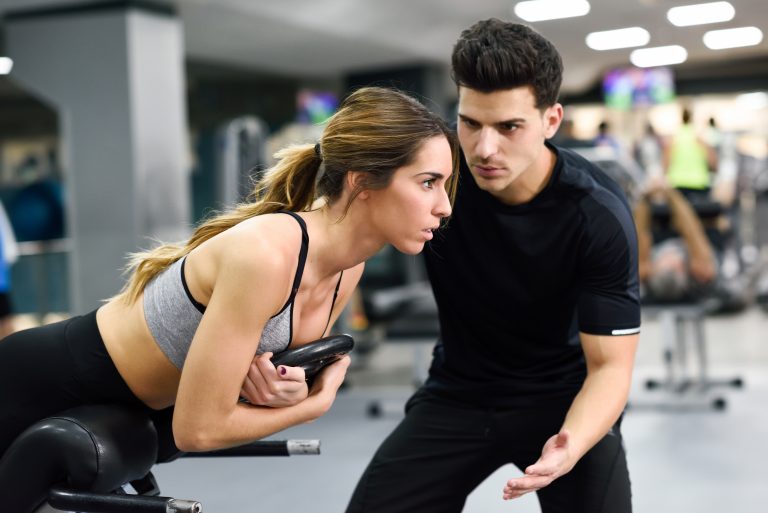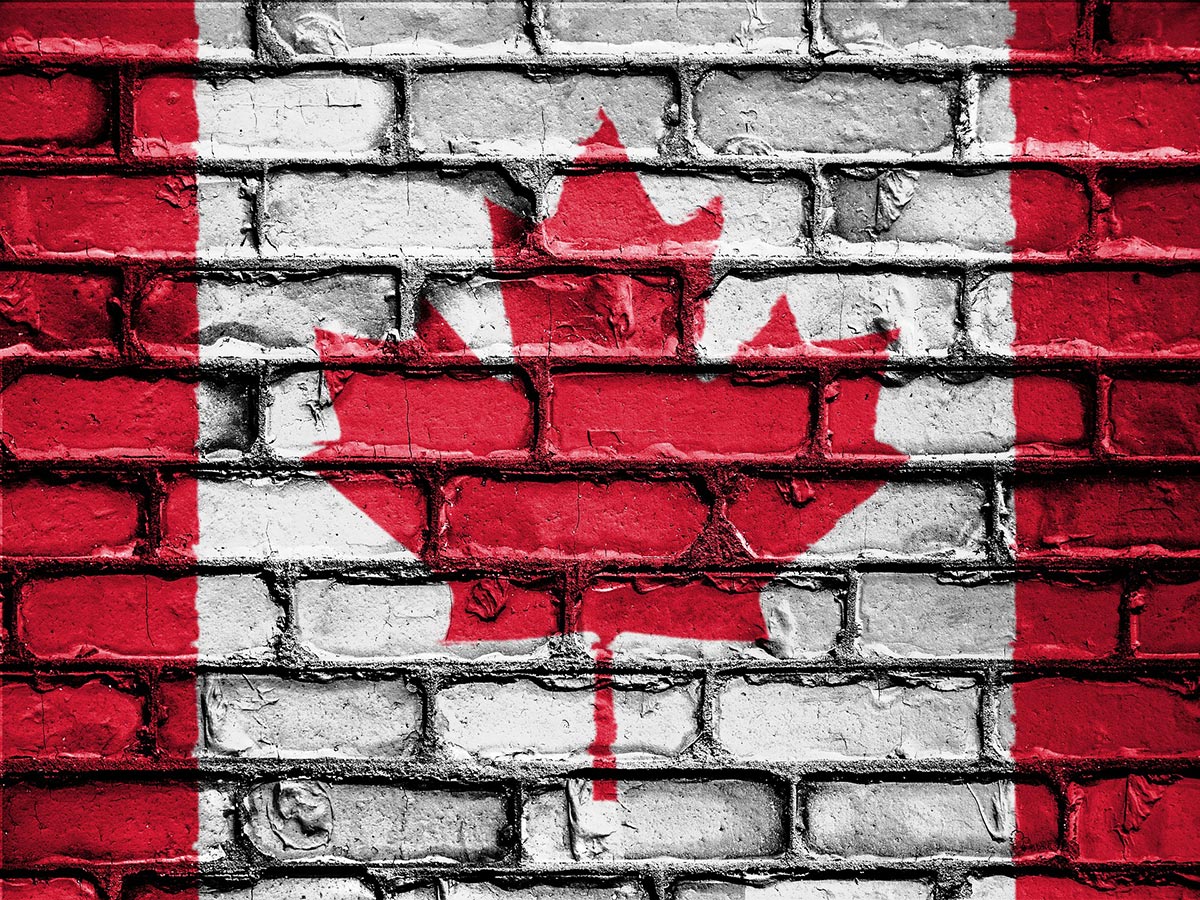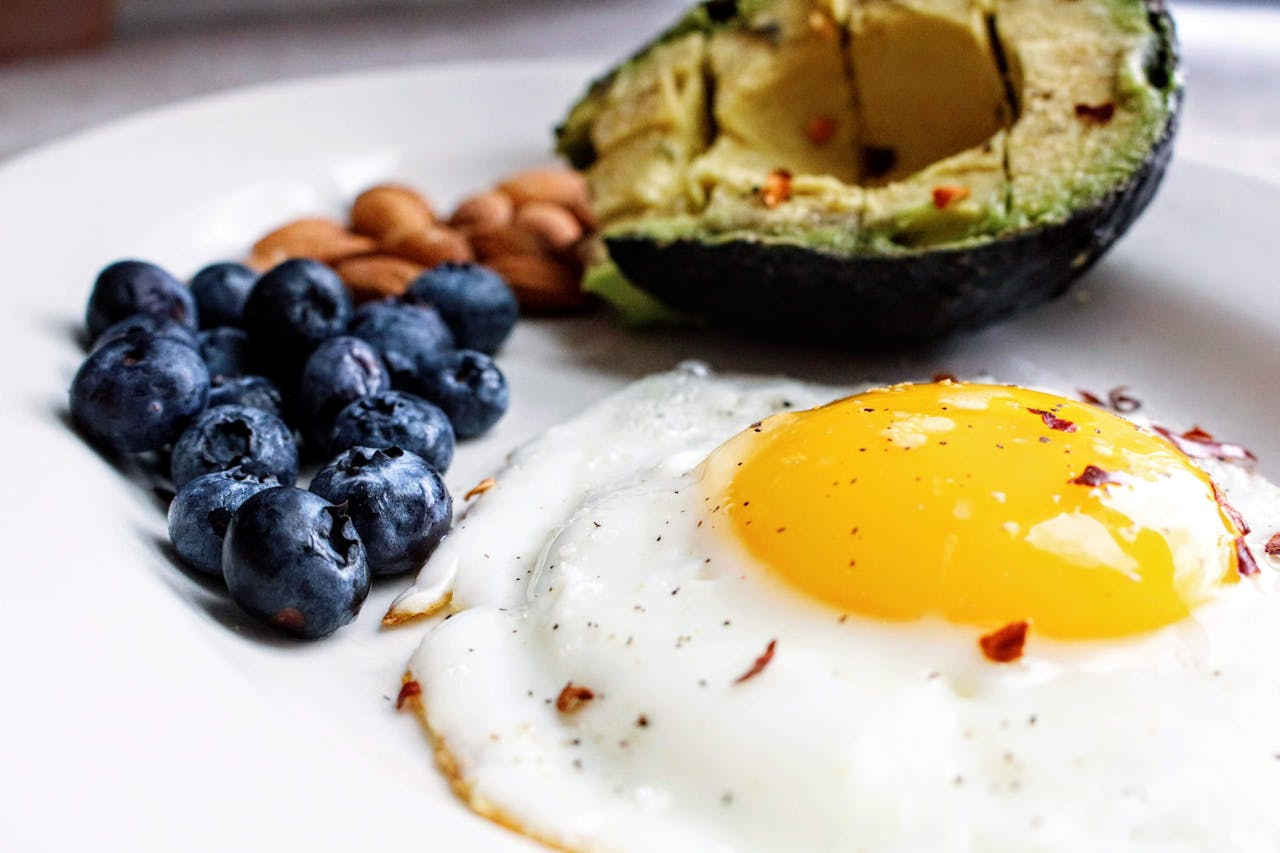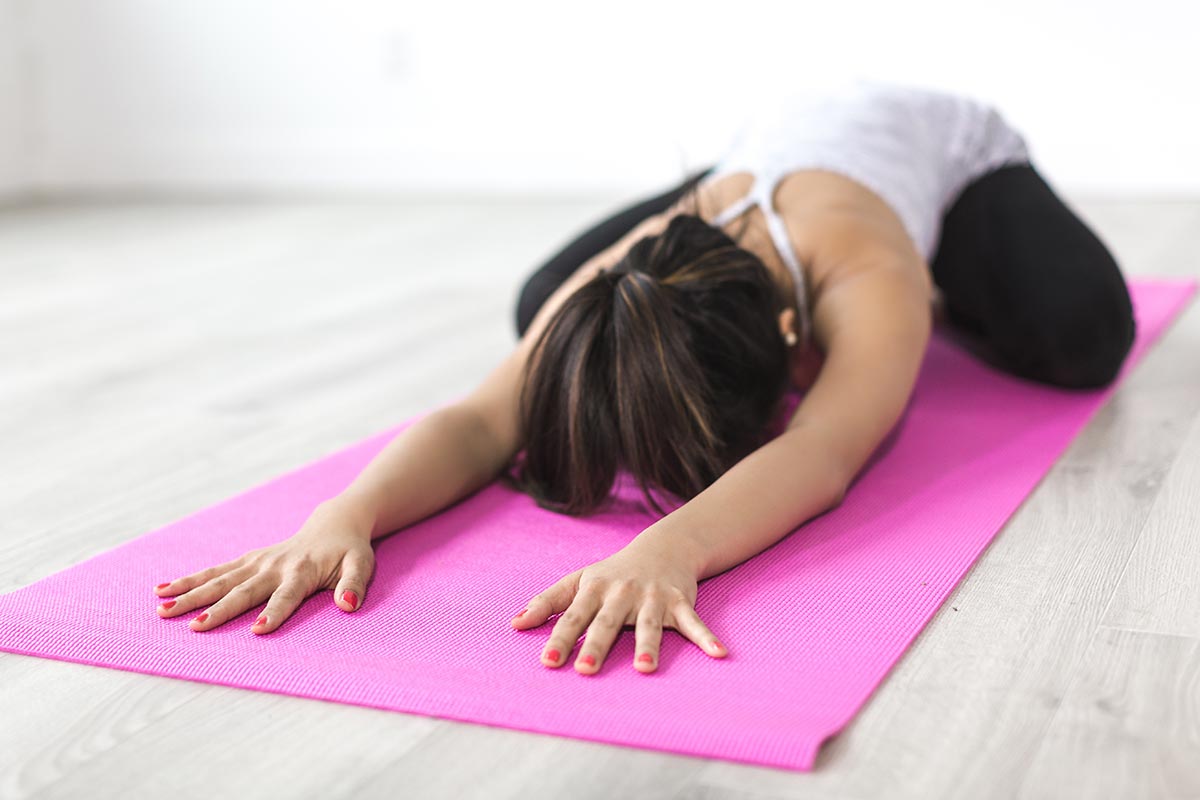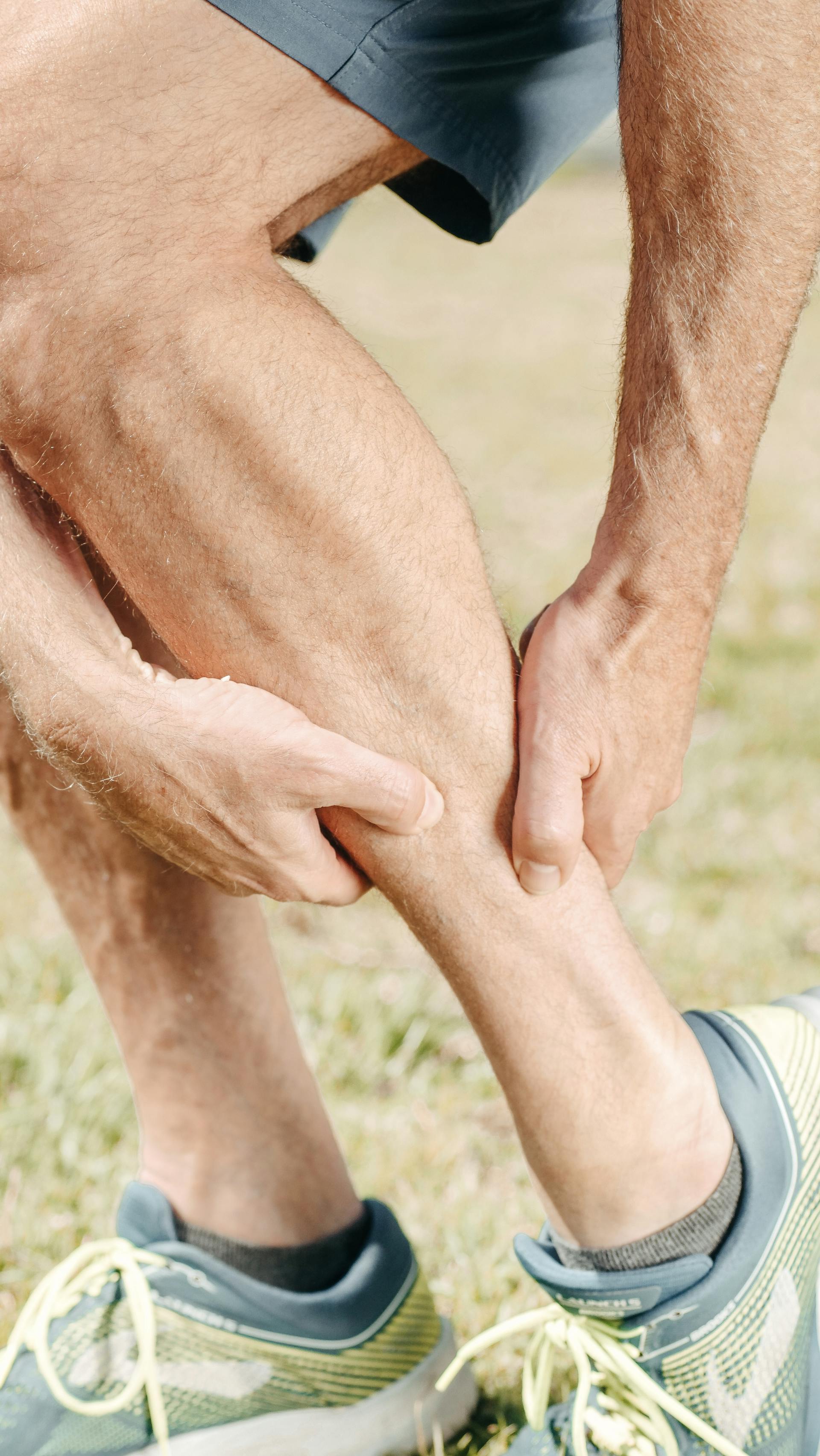Why Post-Workout Recovery Isn’t a Luxury – It’s the Secret Weapon
If training is the stimulus, recovery is the adaptation. Muscles don’t grow in the gym; they grow after the gym—when you sleep, eat, hydrate, and step away from the algorithm. That’s why elite athletes plan recovery with the same precision they plan sets and reps. For everyone else, it’s the easiest performance upgrade you’re probably ignoring.
Think of recovery as architecture. Training is demolition—controlled stress that breaks things down on purpose. Recovery is the rebuild: you lay new materials (protein), refuel the site (carbs), clear debris (blood flow), and give the crew time off (sleep). Skip any piece and the structure stays wobbly.
The Physiology of Coming Back Stronger
Post-workout, you create microtears in muscle fibers and transient inflammation. Satellite cells activate, protein synthesis rises, and glycogen stores need refilling. Your central nervous system (CNS) also fatigues—especially after heavy or high-volume work—altering motor unit recruitment and perceived effort. Hormonal shifts matter, too: catecholamines drop, parasympathetic tone should rise, and growth hormone pulses during deep sleep support tissue repair[1].
Good recovery nudges your body toward parasympathetic dominance (rest-and-digest). Poor recovery traps you in low-grade sympathetic overdrive (go-go-go). In that state, workouts feel heavier than they should, motivation dips, and small aches start auditioning for bigger roles.
Sleep: The Free Performance Enhancer
Sleep is the most anabolic tool you have. During slow-wave sleep, growth hormone peaks and muscle protein synthesis accelerates. Inconsistent or short sleep (under ~7 hours) impairs glycogen restoration, blunts reaction time, and increases injury risk[2]. One late night won’t erase your gains, but string a few together and your lifts plateau while your cravings spike.
Do this: Aim for 7–9 hours, anchor your sleep-wake window, keep the room dark and cool, and shut down bright screens 60 minutes pre-bed. If evening training is your only option, finish high-stim inputs (caffeine, HIIT, doomscrolling) early enough that your nervous system can downshift.
Workout Recovery Nutrition: Fuel the Fix
Protein: Your remodeling material. Total daily intake matters more than timing, but splitting protein into 3–4 feedings (0.3–0.4 g/kg each) improves muscle protein synthesis across the day[3]. Include leucine-rich sources (dairy, eggs, whey, animal proteins; smart plant combos) to hit the leucine threshold per meal.
Carbohydrates: Your restoration fuel. Carbs replenish muscle glycogen and support subsequent training quality. After hard sessions, 1.0–1.2 g/kg within the first hours is effective; pairing carbs with protein can accelerate resynthesis[4].
Fats & micros: Don’t fear fats; they support hormones and absorption of fat-soluble vitamins. Prioritize omega-3s (e.g., fish) for inflammation resolution, plus iron, magnesium, and zinc for energy and recovery processes[5].
Real-life tip: Build a default recovery meal you actually like—protein, complex carbs, colorful produce, and a hydration plan. Repeatability beats perfection.
Hydration: The Overlooked Multiplier
Mild dehydration (1–2% body weight) can impair power, endurance, and mood. Your “post-workout fatigue” is often just low plasma volume. Rehydrate with fluids and electrolytes proportional to sweat loss; if your session was long, hot, or especially sweaty, include sodium to retain fluid and restore balance[6].
Active Recovery: Move to Improve
Recovery isn’t the couch. Low-intensity movement increases blood flow, clears metabolites, and reduces stiffness without adding meaningful fatigue. Think Zone-1/2 cardio, easy cycling, relaxed swims, or a 20–30 minute walk. Mobility work and gentle stretching can restore range without provoking soreness.
What about foam rolling? Self-myofascial techniques can reduce the perception of soreness and transiently improve range of motion. They don’t “break up” fascia, but they can modulate tone and comfort enough to help you move better next session[7].
Monitoring Recovery: Simple Beats Fancy
Subjective markers: Morning energy, motivation to train, soreness location, and mood are powerful. A 1–5 readiness score logged daily predicts your performance surprisingly well.
HRV & resting heart rate: Heart rate variability (higher is generally better) and resting heart rate trends reflect nervous system balance and recovery status. Look for multi-day patterns, not single-day noise[8].
Performance checks: Bar speed, warm-up feel, and rep quality never lie. If everything feels heavier at the same loads, reduce volume or intensity for 48–72 hours.
Periodization and Deloads: Plan the Brake
You wouldn’t drive a race car flat-out every lap. Smart programming waves the load: hard, moderate, easy. Deloads—lighter weeks every 4–8 weeks—allow connective tissues and the CNS to rebound, while skill and technique consolidate. If you’re newer to lifting, mini-deloads (dropping 20–30% volume for one week) work wonders.
| Recovery Method | Primary Benefit | Effectiveness (1–5) |
|---|---|---|
| Sleep (7–9 hrs) | Muscle repair, hormone regulation, cognitive recovery | 5 |
| Protein-rich nutrition | Supports muscle synthesis, reduces soreness | 5 |
| Active recovery (walking, light cycling) | Increases blood flow, speeds waste removal | 4 |
| Stretching & mobility work | Maintains range of motion, reduces stiffness | 4 |
| Massage/Foam rolling | Reduces muscle tension, may improve circulation | 3 |
| Cold water immersion | May reduce inflammation and soreness | 3 |
Mental Recovery: The Hidden Variable
Stress is stress. Your body doesn’t separate life stress from training stress. High cognitive load, digital noise, and poor boundaries keep you in a sympathetic loop. Intentional mental recovery—walks without headphones, breathing drills, journaling, meditation—reduces perceived effort and enhances adherence[9]. You don’t have to become a monk; try 8–10 minutes of nasal breathing or box breathing after training and before bed.
Recovery Gadgets & “Stacks”: What Actually Helps
Cold exposure: Short cold showers or cold plunges can boost alertness and may reduce soreness. Caution: immediately icing after hypertrophy work may blunt some anabolic signaling; save cold for off days or separate it from lifting windows if growth is the goal[10].
Heat & sauna: Heat promotes vasodilation, circulation, and relaxation. Observational data links regular sauna use with cardiovascular benefits; in athletes, sauna can aid perceived recovery and, when used wisely, heat adapts systems relevant for endurance[11].
Compression & massage: Can reduce perceived soreness and swelling and aid comfort. Effects are modest but meaningful if they help you move and sleep better.
Supplements: Creatine (not just for strength; supports cognitive resilience), omega-3s, and magnesium (sleep support) have good evidence. Most flashy “recovery boosters” don’t outperform food, sleep, and smart programming.
Recovery Mistakes That Quietly Steal Your Gains
Training hard and sleeping short. Chasing PRs during high-stress work weeks. Undereating protein or total calories. Living at Zone 3 “meh” intensity—too hard to recover, too easy to improve. Treating mobility as punishment. Swapping every rest day for “just a little HIIT.” And yes, scrolling in bed under the covers counts as an anti-recovery protocol.
Your 7-Day Recovery-First Template
Day 1: Lower-body strength + evening walk 20–30 min.
Day 2: Zone-2 cardio 30–45 min + mobility 10–15 min.
Day 3: Upper-body strength + breathwork 8–10 min before bed.
Day 4: Active recovery (easy cycle or swim 20–30 min) + light foam rolling.
Day 5: Full-body power/strength (lower volume) + sauna 10–15 min (optional).
Day 6: Longer Zone-2 (45–60 min) outdoors if possible.
Day 7: Rest day: steps, sunshine, stretch, social time, screens down one hour earlier.
Adjust up or down based on life load. Recovery is dynamic; when stress climbs, intensity or volume should dip. When life is calm, build.
Make Workout Recovery a Skill
The best athletes don’t just train hard—they recover on purpose. They protect sleep like a prized possession, fuel like it matters (because it does), and treat stress as a variable, not an excuse. Do the same, and you’ll feel it: steadier energy, fewer dips, better sessions, more joy.
Recover Today for a Stronger Tomorrow
Recovery is not time wasted—it’s training completed. Build systems that make rest the default, not the afterthought: bedtime alarms, pre-planned post-workout meals, low-stim evening rituals, and walks that are about breathing, not steps. Give your body what it needs between the sets of your life, and it will pay you back with strength, resilience, and longevity.
Sources
- Fullagar HHK et al. Sleep and athletic performance: the effects of sleep loss on exercise performance and physiological/biochemical responses. Sports Med. 2015;45(2):161–186.
- Morton RW et al. Protein intake to maximize whole-body anabolism after resistance exercise: a systematic review. Br J Sports Med. 2018;52(6):376–384.
- Ivy JL. Glycogen resynthesis after exercise: effect of carbohydrate intake. Int J Sports Med. 1998;19(Suppl 2):S142–S145.
- Calder PC. Omega-3 fatty acids and inflammatory processes. Nutrients. 2010;2(3):355–374.
- Cheuvront SN, Kenefick RW. Dehydration: physiology, assessment, and performance effects. Compr Physiol. 2014;4(1):257–285.
- Wiewelhove T et al. Foam rolling and recovery from exercise-induced muscle damage: a systematic review. Front Physiol. 2019;10:376.
- Stanley J et al. Heart rate variability and training load. Sports Med. 2013;43(5):473–493.
- Hölzel BK et al. Mindfulness practice leads to increases in regional brain gray matter density. Psychiatry Res. 2011;191(1):36–43.
- Tipton KD. Nutritional support for exercise-induced injuries. Sports Med. 2015;45(S1):S93–S104.
- Laukkanen JA et al. Sauna bathing and cardiovascular health. Mayo Clin Proc. 2018;93(8):1111–1121.


